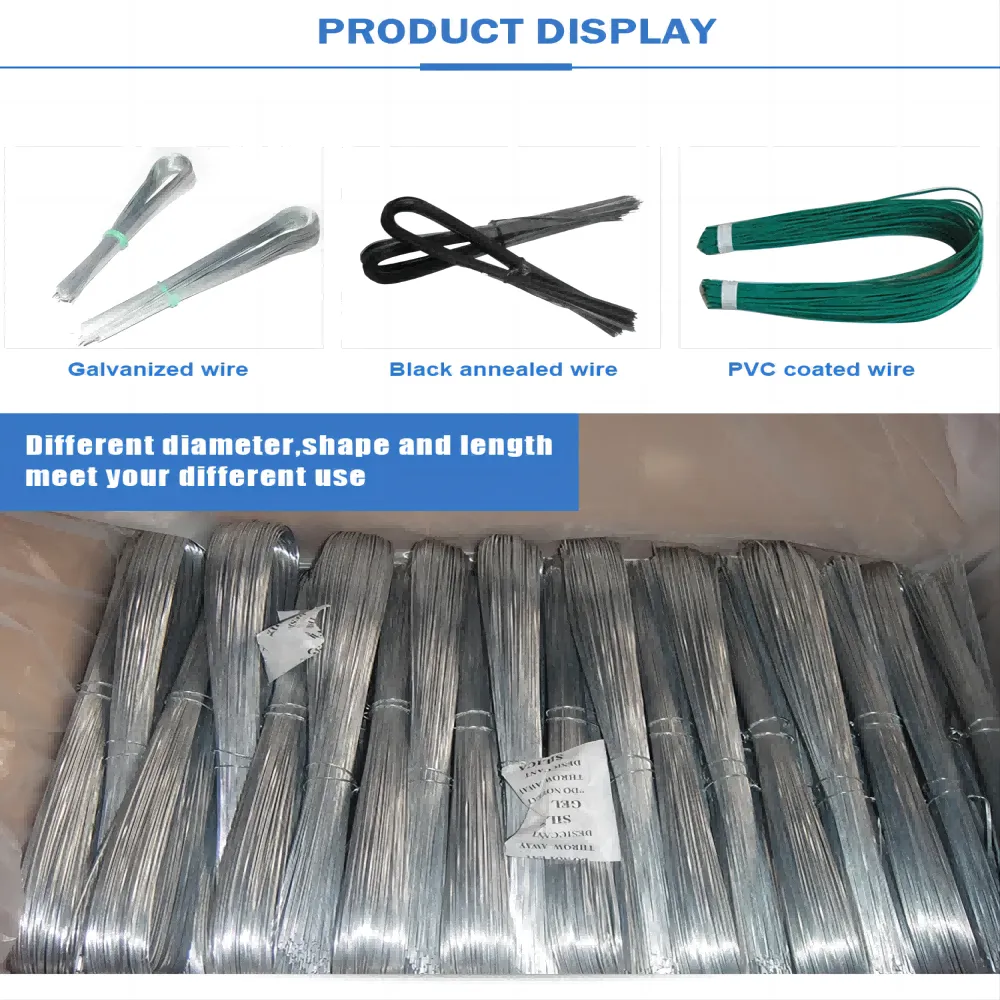Feb . 16, 2025 16:59
Back to list
hot dipped roofing nails
Hot dipped galvanized roofing nails have emerged as an essential component for those aiming to blend durability with performance in their construction projects. As more builders and homeowners seek materials that offer longevity and resilience against environmental elements, these nails have risen in popularity due to their impressive features. This article explores the notable advantages and specific applications of hot dipped galvanized roofing nails, emphasizing their role in enhancing structural integrity and long-term performance.
The nails’ application requires a profound understanding of roofing dynamics. Experts emphasize the importance of choosing the correct nail size and type based on roofing material and environmental conditions. For instance, longer nails are typically recommended for thicker roofing materials to ensure they penetrate sufficiently into the underlying wood deck, providing the necessary anchorage. Industry professionals further assert the need for precise installation techniques. Poorly driven nails can compromise the intended protective barrier, underscoring the expertise required in handling these components. Misalignments or improper penetration can lead to exposed areas vulnerable to rusting, emphasizing the importance of skilled craftsmanship. Maintenance and Trustworthiness The reliance on hot dipped galvanized roofing nails does not eliminate the need for regular maintenance checks. Professionals advise routine inspections to assess the condition of the roofing system, including the state of the nails themselves. Early detection of potential issues, such as loose nails or corrosion, can prevent costly repairs and extend the lifespan of the roof. Moreover, procuring these nails from reputable manufacturers underscores the importance of trustworthiness in construction materials. Certified products ensure compliance with industry standards and deliver on performance promises, providing builders and homeowners peace of mind regarding their investment. Conclusion In conclusion, hot dipped galvanized roofing nails represent a convergence of expertise, experience, and reliability in construction materials. Through the galvanization process, these nails offer unparalleled corrosion resistance, making them indispensable in securing roofing systems against environmental challenges. With proper application by knowledgeable professionals, these nails significantly contribute to the longevity and safety of buildings, a testament to their enduring value in the construction industry. Ensuring the use of authentic and high-quality products further cements their role as a trusted component in achieving outstanding roofing performance.


The nails’ application requires a profound understanding of roofing dynamics. Experts emphasize the importance of choosing the correct nail size and type based on roofing material and environmental conditions. For instance, longer nails are typically recommended for thicker roofing materials to ensure they penetrate sufficiently into the underlying wood deck, providing the necessary anchorage. Industry professionals further assert the need for precise installation techniques. Poorly driven nails can compromise the intended protective barrier, underscoring the expertise required in handling these components. Misalignments or improper penetration can lead to exposed areas vulnerable to rusting, emphasizing the importance of skilled craftsmanship. Maintenance and Trustworthiness The reliance on hot dipped galvanized roofing nails does not eliminate the need for regular maintenance checks. Professionals advise routine inspections to assess the condition of the roofing system, including the state of the nails themselves. Early detection of potential issues, such as loose nails or corrosion, can prevent costly repairs and extend the lifespan of the roof. Moreover, procuring these nails from reputable manufacturers underscores the importance of trustworthiness in construction materials. Certified products ensure compliance with industry standards and deliver on performance promises, providing builders and homeowners peace of mind regarding their investment. Conclusion In conclusion, hot dipped galvanized roofing nails represent a convergence of expertise, experience, and reliability in construction materials. Through the galvanization process, these nails offer unparalleled corrosion resistance, making them indispensable in securing roofing systems against environmental challenges. With proper application by knowledgeable professionals, these nails significantly contribute to the longevity and safety of buildings, a testament to their enduring value in the construction industry. Ensuring the use of authentic and high-quality products further cements their role as a trusted component in achieving outstanding roofing performance.
Share
Next:
Latest news
-
Innovations in Razor Barbed Wire Design TechnologyNewsAug.11,2025
-
Roofing Nail Compatibility with Different Metal Roof TypesNewsAug.11,2025
-
Welded Wire Mesh for Rockfall Protection BarriersNewsAug.11,2025
-
Galvanized Wire Corrosion Resistance TestingNewsAug.11,2025
-
3D Fence Solutions Preventing Bird CollisionsNewsAug.11,2025
-
Using Chain Link Fence for Urban Garden SupportNewsAug.11,2025




